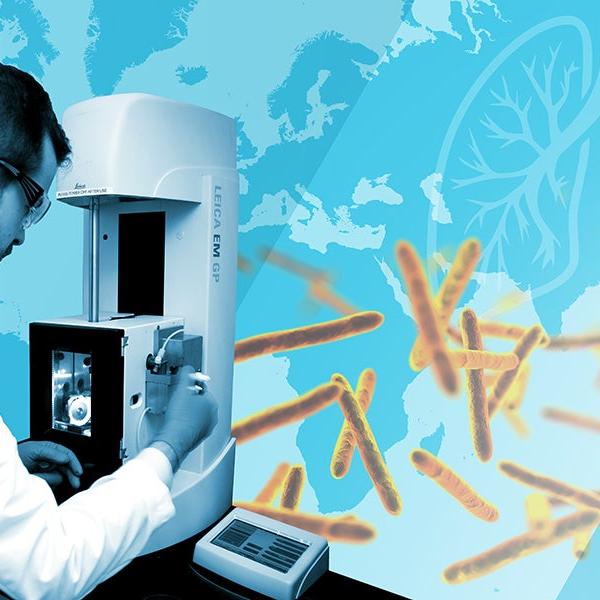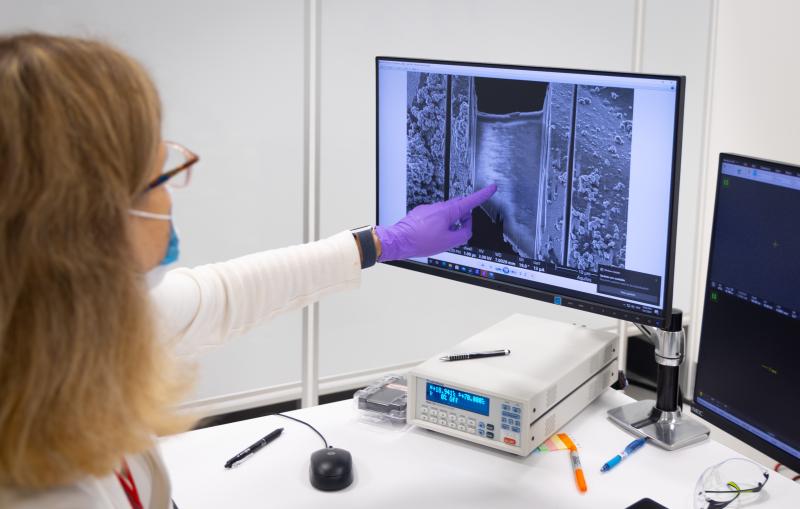[Music]
we were studying a protein involved in
tuberculosis and we have discovered a
strange new feature of a molecule that's
important to disease progression it
turns out to be a generalist in shuttle
many different molecules into the
bacteria we've never seen anything like
that before
now the question is what purpose does
this protein serve and could it help us
fight tuberculosis in the long run
tuberculosis bacteria actually grow very
slowly it can take up to two years to
treat with antibiotics and this also
means that it's very hard to study
everything people study on the bug
itself just takes a very long time
[Music]
tuberculosis is genetically very
different from other bacterial making it
hard to translate what we learned from
other bacteria on to the disease it
naturally lived inside cells of the
immune system it's like a criminal
hiding in the trunk of a police car it's
hiding in plain sight which makes it
impossible for the immune system to find
[Music]
[Music]
passing the cell membrane is one of the
main bottlenecks in antibiotic research
our hypothesis is that this molecule is
one of the key transporters to shuttle
antibiotics into the cell the hope is
that we will use this knowledge to
design new antibiotics that can enter
the cell through this specific channel
this study has raised as many questions
as it answers questions about
tuberculosis the bigger questions about
biology in general it's an exciting
moment
[Music]






